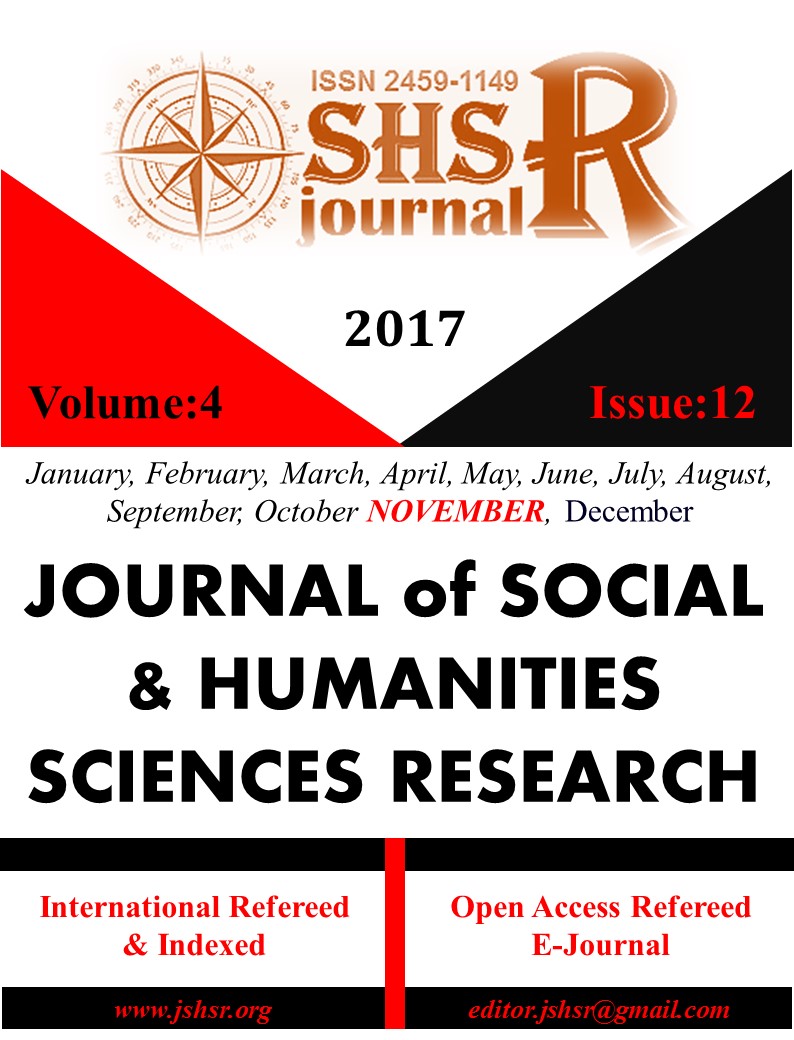E-HEALTH LITERACY LEVELS OF HEALTH SCIENCES FACULTY STUDENTS AND ATTITUDES FOR USING INTERNET: A FOUNDATION UNIVERSITY SAMPLE
DOI:
https://doi.org/10.26450/jshsr.187Keywords:
Health, health literacy, e-health literacy, internet usageAbstract
Objective: It is important to access, understand and interpret health related information through electronic resources in the days when technological developments are experienced and internet use is increasing. The intense use of the Internet by young people and technology has brought about the e-health literacy of individuals. In this study, attitudes towards internet usage of students who study at health sciences faculty and e-health literacy levels are examined. Method: In this study, the researcher's universe was formed in March-April 2017 in the Marmara Region by 560 students who were enrolled in different departments of the health science faculty at a foundation university. 229 students who agreed to participate in the survey were sampled. The data were collected by "Personal Information Form", "E-Health Literacy Scale” and “Internet Usage Scale". In analyzing the data; Descriptive statistics were obtained using the IBM SPSS Statistical Package 23 program. One-way ANOVA was used to compare quantitative continuous data between two independent groups and t-test for quantitative continuous data between two independent groups . The Scheffe test was used as a complementary post-hoc analysis to determine the differences after the Anova test. Pearson correlation and regression analysis were applied among the continuous variables of the study. variance analysis, post hoc tests and correlation analyzes.Results: It was found that 196 (85.6%) of the students who participated in the survey were female, 96 (41.9%) were 1st class, 78 (34.1%) students in social work department and 107 (46.7%), the internet usage time was 2-3 hours (63.8%) per day. In the study, the average score of "attitudes towards internet use" score of all students (100,563 ± 15,226); Average of "e-health literacy" scores (28,537 ± 6,117); respectively. There is a statistically significant difference (p = 0,000 <0.05) in the regression analysis conducted to determine the causal relationship between e-health literacy attitudes towards internet use of the participants surveyed in the research. The level of use of the Internet in communication (ß = 0.433) and information sharing (ß = 0.528) increases the level of E-health literacy. The difference between attitudes towards Internet use and e-health literacy is statistically significant (p = 0,000 <0.05). As a determinant of the level of e-health literacy, it was found that the relationship with attitude variables for internet use (explanatory power) was weak (R2 = 0.156). Attitudes towards Internet use increase the level of E-health literacy (ß = 0,160). Conclusion: The study shows that students of the faculty of health sciences have a high level of internet use but that the effect of increasing the level of e-health literacy is not sufficient and that education is necessary.
Downloads
Published
How to Cite
Issue
Section
License
Copyright (c) 2017 INTERNATIONAL JOURNAL OF SOCIAL HUMANITIES SCIENCES RESEARCH

This work is licensed under a Creative Commons Attribution 4.0 International License.


